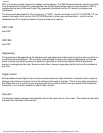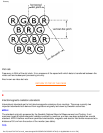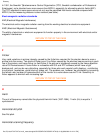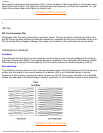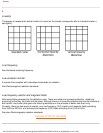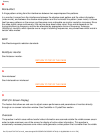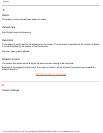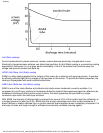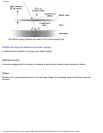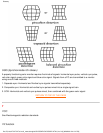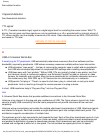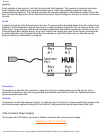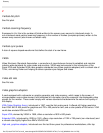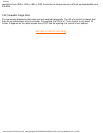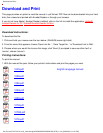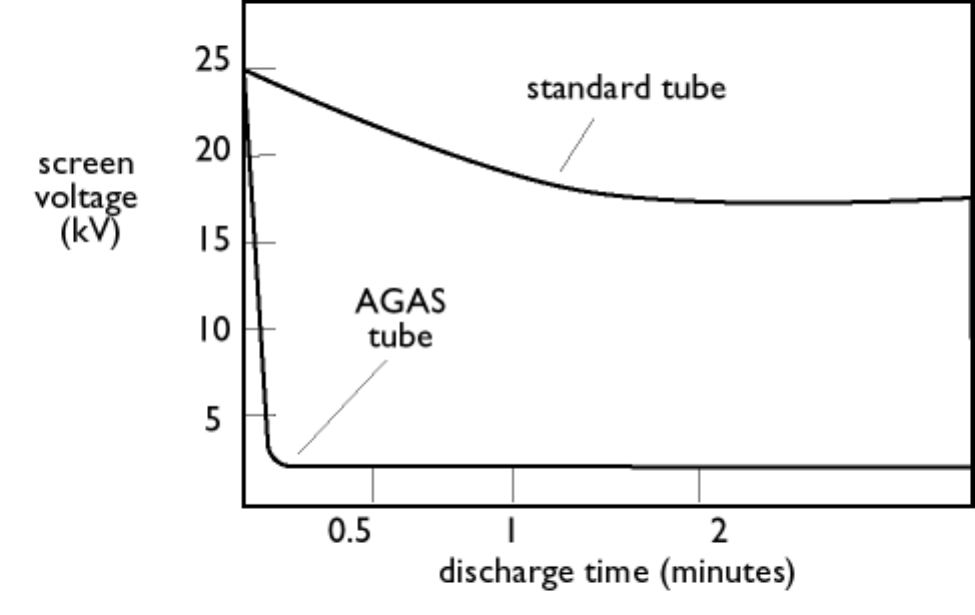
Anti-Static coatings
Due to bombardment by beam electrons, monitor screens become electrically charged when in use.
Electrically charged screens surfaces can attract dust particles. An Anti-Static coating is a conductive coating
deposited on the screen (or on a glass panel immediately in front of the screen) that conducts away the
charge and prevents screen dust build-up.
AGAS (Anti-Glare, Anti-Static) coating
AGAS is a silica coating applied to the surface of the screen by a spinning and spraying process. It operates
by diffusing reflected light to blur images of light sources on the screen. To provide anti-static properties, the
coating is impregnated with small conductive particles.
ARAS (Anti-Reflection, Anti-Static) coating
ARAS is one of the most effective anti-reflection/anti-static screen treatments currently available. It is
composed of a multi-layer structure of transparent dielectric material that suppresses specular reflections by
broadband interference effects at the screen surface. Anti-static properties are provided by a single
conductive layer within the multi-layer structure.
With ARAS, the intensity of reflected light is reduced from around 4.5% of the incident light (the reflectivity of
uncoated screens) to less than 0.5%. ARAS also has a major advantage over other screen treatments: It
doesn't diffuse or scatter reflected light, so picture contrast and sharpness remain completely unimpaired. It's
also easy to clean and tough enough to withstand commercially available cleaning agents.
Glossary
file:///D|/rita/LF2/LF2/LFa1/multi_manual/english/GLOSSARY/GLOSSARY.HTM (12 of 18) [8/29/2001 2:41:21 PM]



